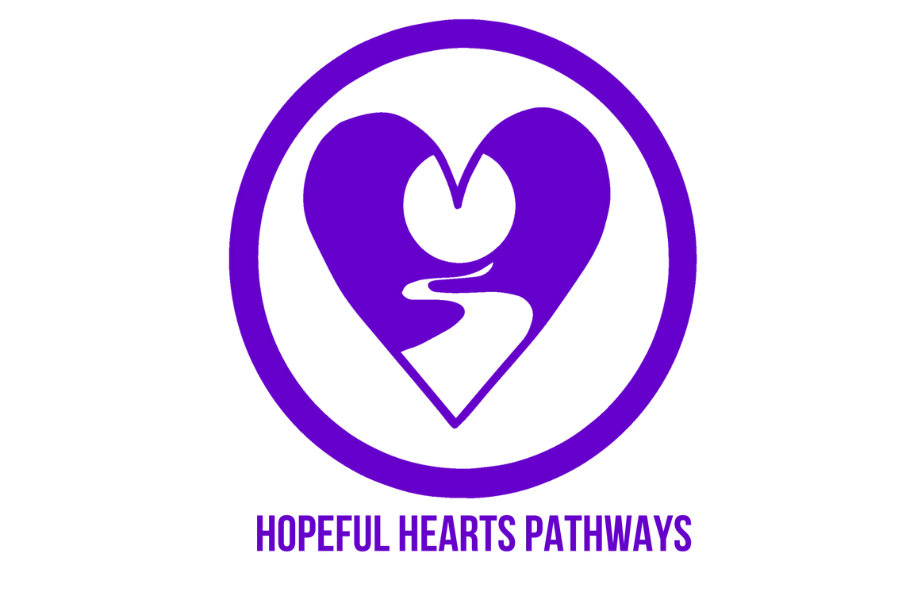NOTE: PLEASE LEAVE NO AREAS
BLANK- USE UK for Unknown OR N/A FOR NOT APPLICABLE.
SECTION I - DEMOGRAPHICS/CHIEF COMPLAINT
Additional Demographics:
Children/Child Adopted/Foster Care:
SECTION II -RISK ASSESSMENT
Brief Suicidal Risk Screening:
Brief Violence Risk Screening:
Summarize Other Risk Taking Behaviors:
Psychiatric Evaluation Screening:
Mental Status Screening: (Check all that are appropriate and comment as necessary). Mental Status Screening is limited to information based on interaction with the client.
Summarize History of Trauma (Abuse, Neglect, Violence, Sexual Assault):
(Assess trauma survivor concerns; spousal/partner abuse; abuse suffered as a child; physical, sexual, emotional or psychological abuse; PTSD, including from military service. Document whether the client was a victim, perpetrator, witness.)
Family Medical/Psychiatric History:
Medications:
Alcohol and Addictive Behavior Screening
[CRAFFT 1 Substance Use Screening Instrument: Score 1 point for each answer of Yes]
Answering yes to >=2 questions is highly predictive of an alcohol/drug-related disorder. Refer for further assessment /treatment. [CRAFFT 1 Substance Use Screening Instrument: Score 1 point for each answer of Yes]
A.
Answering yes to >=2 questions is highly predictive of an alcohol/drug-related disorder. Refer for further assessment /treatment.
1 Knight, John R. M.D. & Associates [Center for Adolescent Substance Abuse Research at Children's Hospital in Boston.] Research funded by several national sources, including the Robert Wood Johnson Foundation, NIAAA and SAMHSA
Psychiatric Treatment History and Response:
Summarize the diagnostic and treatment history as well as the response to previous treatment efforts listed above:
SECTION III- MEDICAL ISSUES/PHYSICAL FUNCTION
Medical/Physical Issues, including current health needs, co-occurring disabilities, disorders, and medical conditions:
TextHistory of Medical Issues/Procedures:
Using a 1 – 10 scale with 10 being the worst, how generally does the client experience/handle pain if there is report of current pain problem?

For clients over 3 years and under 10 years of age:
Ask the child to point to each face using the words to describe the pain intensity. Ask the child to choose the face that best describes his or her pain and record the appropriate number.
Sexual History:
Nutrition Screening:
SECTION IV – FAMILY CIRCUMSTANCES/BIRTH AND DEVELOPMENTAL HISTORY
Birth and Developmental History:
SECTION V - EDUCATIONAL/VOCATIONAL/LEGAL
Support Systems:
Legal Information: (Place any legal info here e.g. # of arrests, types of charges, dates, amount of time in jail.):
SECTION VI - RELIGIOUS, SPIRITUAL, CULTURAL AND COMMUNITY SUPPORTS:
Client’s Psychological and Social Adjustment to Disabilities and/or Disorders:
SECTION VII - NON-ACADEMIC EDUCATION ASSESSMENT:
[Should any of the issues listed below be taken into consideration related to the non-academic learning
for the client or the family?]
FACTORS AFFECTING CLIENT’S ABILITY TO LEARN
SECTION VIII - BIO-PSYCHO-SOCIAL ASSESSMENT/TREATMENT PRIORITIES
(From all previously collected information)
Interpretive Summary: (Summarize from above including personal strengths, resources, personality traits, needs, liabilities, weaknesses, what the individual needs to recover, abilities, interests, skills, talents, competencies, what client believes will enhance her/his treatment, psychological and social adjustment to disabilities and/or disorders, complaints, suicide/homicide risk, substance abuse history, family history, developmental history, trauma and/or abuse, medical, educational, vocational, legal, spirituality, community supports, and non-academic education):
Level of Care:
Referrals Needed for Further Assessment:
Physical Function:
Emotional/Educational/Psychosocial:
